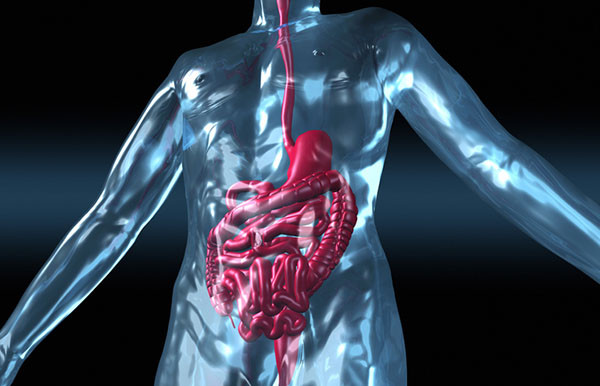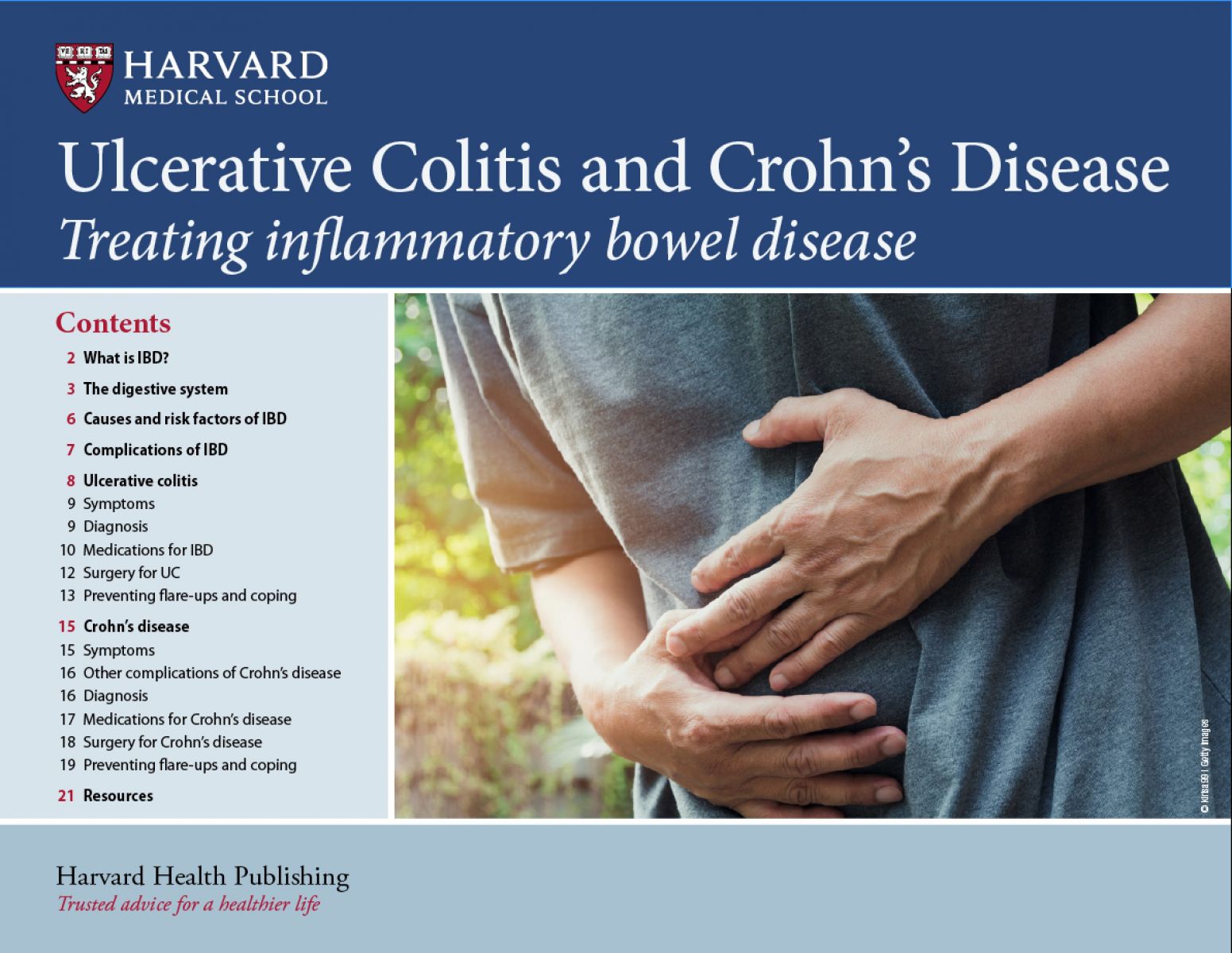Inflammatory bowel disease: Issues outside the gut
Extraintestinal manifestations of IBD may be a clue toward diagnosis or treatment adjustment.

Inflammatory bowel disease (IBD) is a type of chronic inflammation of the gastrointestinal tract. Ulcerative colitis, marked by continuous inflammation of the large intestine, and Crohn's disease, which causes patches of inflammation and can occur anywhere in the gastrointestinal tract, are both types of IBD. Patients with IBD can experience a variety of gastrointestinal symptoms such as abdominal pain, diarrhea, blood in their stool, bloating, and weight loss.
What conditions can occur outside the GI tract in people with IBD?
IBD symptoms can occur both inside and outside the gastrointestinal tract. The latter are known as extraintestinal manifestations (EIMs) of IBD. These conditions occur in nearly half of all people with IBD, and can be present before and/or after someone's IBD is diagnosed. EIMs are more frequent in people who receive their diagnosis at an earlier age, and generally also occur earlier in the course of IBD. In fact, approximately 24% of EIM symptoms are present prior to receiving a diagnosis of IBD. The causes of EIMs are poorly understood but, similar to IBD, may be due to a combination of genetic risk factors, immune reactions, and lifestyle factors such as cigarette smoking.
What are some examples of extraintestinal manifestations of IBD?
Patients may have multiple EIMs at the same time, with varying severity. EIMs may not be easy to detect, and almost any organ system can be affected. Sometimes the severity of EIM symptoms mirrors that of the gut symptoms, but in certain conditions the EIMs behave independently. Below are some common examples of extraintestinal manifestations.
Musculoskeletal: Musculoskeletal manifestations of IBD are the most common, occurring in up to 46% of IBD patients. They may present as inflammatory back pain (ankylosing spondylitis), inflammation of tendons or ligaments, arthritis, joint pain without arthritis, or swelling of fingers or toes (dactylitis). Arthritis can occur both within the axial skeleton (hips, lower back, spine) or peripherally (fingers, wrists, elbows, knees, ankles).
Mucocutaneous: IBD can cause changes in the skin and mucosa (the moist lining covering certain organs and cavities in the body). Oral aphthous ulcers (seen with Crohn's disease), erythema nodosum (raised purple nodules typically on the front of the legs, which can occur in 10% to 15% of patients), and pyoderma gangrenosum (painful skin ulcers) are some examples of how IBD can impact the skin. Sweet syndrome, which involves tender lumps under the skin and is also associated with increased white blood cell count, fevers, arthritis, and eye symptoms, is a rare EIM.
Ocular: Inflammation in parts of the eye (episcleritis, scleritis, or anterior uveitis) affects 2% to 7% of IBD patients. If patients experience eye pain, redness, sensitivity, or visual changes, urgent evaluation by an ophthalmologist may be necessary, due to the risk of blindness from uncontrolled inflammation.
Vascular: Patients with IBD are at up to three times greater risk of developing blood clots compared to patients without IBD. Sometimes these clots can travel to the lungs and are called pulmonary embolisms. Symptoms of blood clots may be leg swelling or shortness of breath. Poorly controlled inflammation in the GI tract is thought to be the cause of increased clotting risk.
Gastrointestinal: While not common, patients can develop liver diseases related to IBD, including primary sclerosis cholangitis (inflammation and scarring of the bile ducts) and autoimmune hepatitis (when the immune system attacks the liver cells, causing liver inflammation). Autoimmune pancreatitis has also been reported. These conditions can be diagnosed by symptoms, blood tests, or imaging findings (sometimes using MRI).
How are EIMs treated?
It is important to effectively treat bowel inflammation, as this may reduce activity of extraintestinal manifestations. Sometimes, EIMs may require additional specific treatments. For example, corticosteroids, sulfasalazine (anti-inflammatory medication), or specific biologic therapies may be considered for arthritis treatment. Skin and eye manifestations of IBD may be treated with topical or systemic corticosteroids, immunosuppressants, or specific biologic therapies. Vascular manifestations such as blood clots may be treated with anticoagulation medications. Treatment of EIMs is complex, and frequently requires a collaborative approach to care with several healthcare providers.
What should I do if I am experiencing symptoms?
EIMs are important to recognize, as they can significantly affect your quality of life and may also impact your doctors' approach to IBD treatment and monitoring over time.
Whether or not you have been diagnosed with IBD, it is important to see your primary care doctor or gastroenterologist (if you have one) to discuss any symptoms you may be experiencing. Your doctor(s) will discuss your medical and family history to determine your risk for IBD or other medical conditions.
For patients with a diagnosis of IBD or at risk for IBD, EIMs may be the first clue toward diagnosis or the need for treatment review and adjustment. It is important to communicate both your gastrointestinal and non-gastrointestinal symptoms with your gastroenterologist in order to promptly be started on the appropriate treatment and connected to specialists for the affected organ system. Lifestyle modifications such as smoking cessation may also reduce the risk of EIMs.
With targeted treatment and the appropriate health care team in place, management of both IBD and EIMs can be achieved to improve patients' quality of life.
About the Authors

Nisa Desai, MD, Contributor

Loren Rabinowitz, MD, Contributor
Disclaimer:
As a service to our readers, Harvard Health Publishing provides access to our library of archived content. Please note the date of last review or update on all articles.
No content on this site, regardless of date, should ever be used as a substitute for direct medical advice from your doctor or other qualified clinician.
















